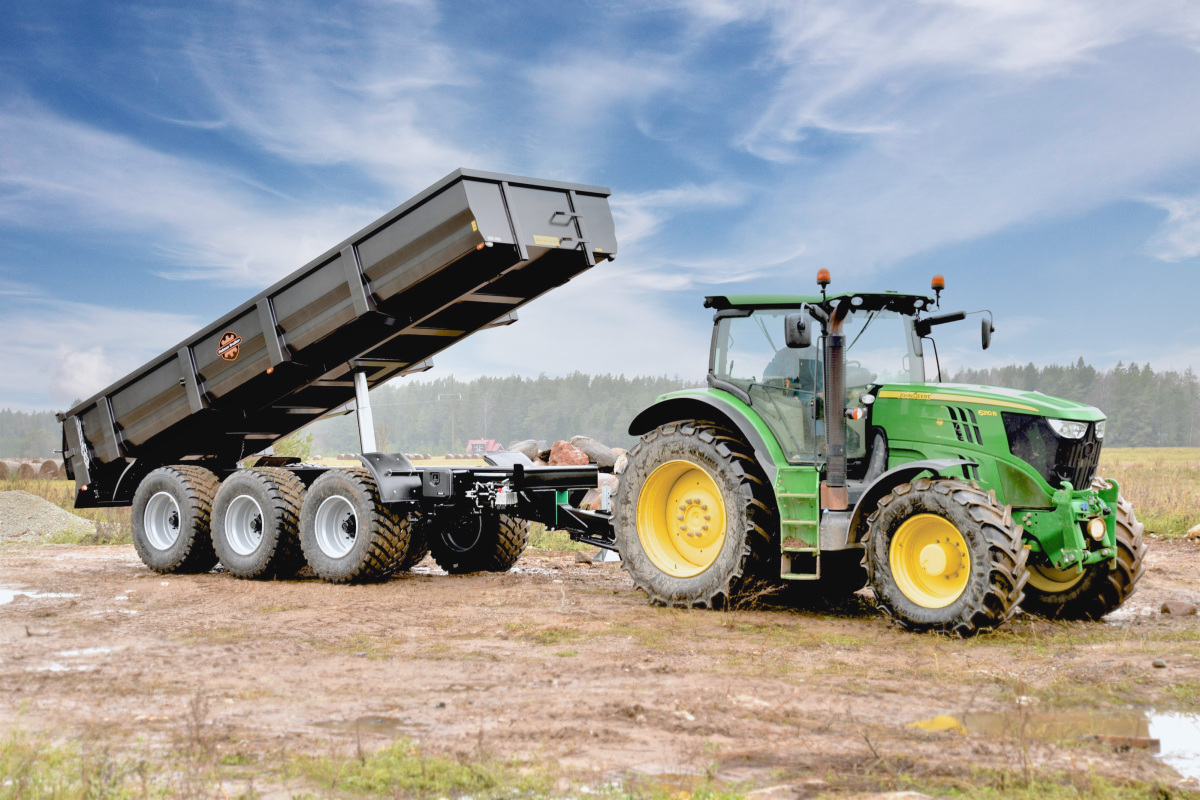Trailer braking’s intricate dance is akin to the delicate interplay between a conductor and an orchestra. Each component plays a pivotal role in ensuring harmony on the road, where the powerful engine of a tow vehicle must seamlessly collaborate with the often-overlooked trailer brakes. Understanding this complex mechanism can illuminate the nuances of safe towing and enhance awareness regarding road safety.
At its core, trailer brakes are designed to halt the trailer’s momentum, ensuring it does not act as a runaway freight train when the towing vehicle decelerates. The braking system can be as simple as a connection between the tow vehicle and the trailer or as advanced as an integrated electronic mechanism. This interplay creates a symbiotic relationship between both entities, ensuring stability and security during transport.
There are primarily two types of trailer brakes: electric and hydraulic. Each type offers distinct advantages that cater to varying needs but operates on the same fundamental principle of friction to reduce speed.
Electric trailer brakes are prevalent among lighter trailers, serving as a modern marvel of engineering. When a driver activates the brake pedal, an electric current flows from the tow vehicle to the trailer’s brake system. This current stimulates electromagnets, which engage the brake shoes against the drum. Picture this as an electric baton commanding an orchestra, where the magnets harmonize with the brake components to bring the trailer to a graceful halt.
Coupled with the brake controller, which adjusts the braking force based on the load and conditions, electric brakes allow for a customizable driving experience. The driver can modulate the braking intensity through the controller to ensure optimal responsiveness without compromising safety. This technology transforms the act of braking into a finely tuned performance, where each stop is executed with precision.
Conversely, hydraulic trailer brakes represent a more traditional approach that is often found in heavier haulers. These systems rely on the principles of fluid mechanics to function, creating an incredibly powerful means of stopping. When the driver presses the brake pedal, brake fluid is sent through hydraulic lines to the trailer’s brakes. This fluid acts like an unseen conductor, ensuring that all brake components receive equal pressure. Consequently, the trailer comes to a swift halt, reflecting the robust nature of hydraulic systems.
A fascinating aspect of both electric and hydraulic brakes is the brake actuator. The actuator is akin to the heartbeat of the braking system, ensuring responsiveness and efficacy. In electric systems, it takes the form of the electromagnet, while in hydraulic systems, it operates via a master cylinder that compresses the brake fluid. Regardless of type, these components convert the energy exerted from the brake pedal into mechanical energy that actuates the brakes.
However, the real magic of trailer brakes lies in their design nuances. For instance, surge brakes operate without direct electrical or hydraulic connections to the towing vehicle. Instead, they utilize inertia generated during braking to activate. When the towing vehicle slows, the trailer pushes forward, compressing a piston in the surge brake assembly. This movement activates the brake shoes, creating a unique and independent braking experience. It’s like an unspoken agreement between the trailer and tow vehicle, where trust is established in the motion of one guiding the other.
To maintain the optimal performance of trailer brakes, regular inspections and maintenance are imperative. Components wear over time, and the integrity of the braking system can diminish without proper attention. Just as a well-tuned instrument requires regular tuning, trailer brakes necessitate periodic examinations. Inspecting brake shoes for wear, ensuring fluid levels are appropriate, and checking for cracks in wiring or components are all key tasks for maintaining safety on the road.
Moreover, understanding weight distribution is vital for efficient braking. Overloading a trailer can put excessive strain on its braking system, leading to diminished performance or, in extreme cases, failure. Properly distributing weight ensures that the trailer remains balanced while towing, contributing to safer handling and smoother stops.
As climate change concerns mount, the choice of trailer and braking systems also plays a significant role in reducing carbon footprints. Electric trailer brakes, when paired with electric or hybrid tow vehicles, can enhance overall energy efficiency. This synergistic relationship showcases a commitment to sustainability while ensuring performance and safety are not compromised.
Interestingly, advancements in technology now allow for the integration of smart systems within trailer brakes. These systems can monitor braking patterns and offer feedback to drivers, optimizing braking efficiency and promoting eco-friendly driving behaviors. This innovation reflects a shift towards intelligent transportation, merging safety and sustainability seamlessly.
When considering trailer brakes, one must appreciate their significance not merely as a safety apparatus but as an integral component of the entire towing experience. With their multifaceted systems, the union of technology and mechanical prowess serves as a testament to human ingenuity. Embracing understanding and vigilance regarding trailer braking can foster a safer, more responsible approach to transportation, respecting our environment and promoting mindful driving practices.
In conclusion, trailer brakes embody a union of technology and necessity, forming an essential part of towing dynamics. Their operation, like a finely tuned orchestra, emphasizes coordination and precision, all while underscoring the importance of responsible maintenance and usage. Ensuring these systems are functioning effectively not only enhances the safety of the driver and road users but also contributes to a more sustainable future, as we navigate the complex relationship between travel and environmental stewardship.
